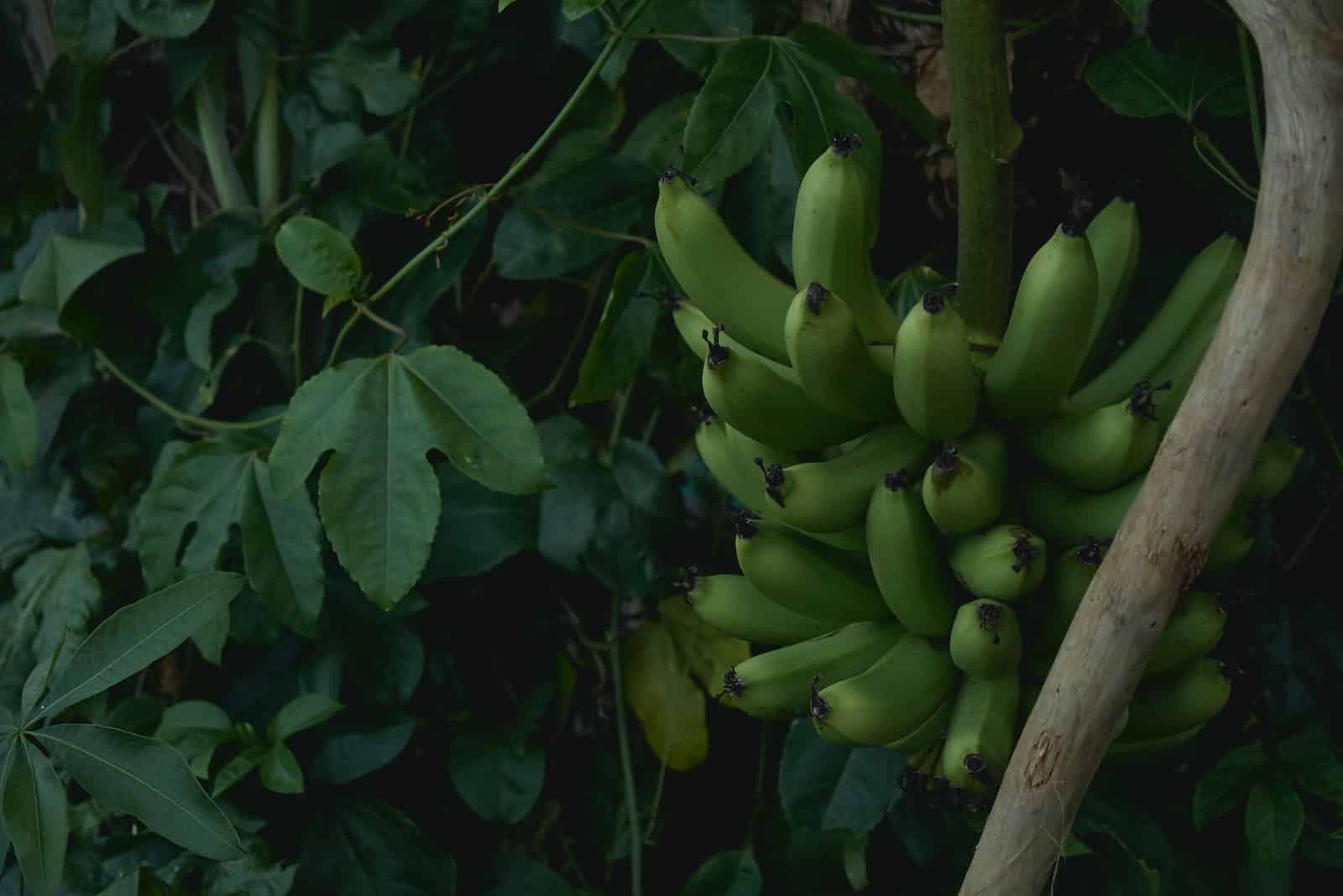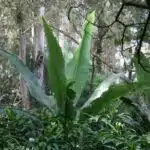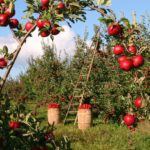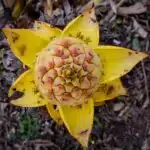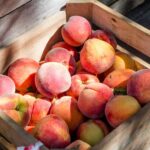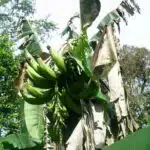Growing bananas in your backyard can be a fun and rewarding experience. Follow these steps to successfully grow bananas in your own backyard: choose the right variety, prepare the soil, plant your banana trees, care for them diligently throughout the growing season, and harvest your bananas when they are ripe. With a little patience and effort, you'll be able to enjoy the fruits of your labor in no time!
Have you ever dreamed of harvesting your own bananas right from your backyard? Growing your own bananas can be a rewarding experience that provides you with delicious, fresh fruit and a sense of accomplishment. Although bananas are typically associated with tropical regions, they can actually be grown in many different climates. In this guide, we’ll walk you through everything you need to know to successfully grow bananas in your own backyard, including choosing the right variety, preparing the soil, planting, caring for your plants, and harvesting.
Choosing the Right Banana Variety
Before you start growing bananas, it’s important to choose the right variety for your climate and your taste preferences. Bananas come in many different varieties, each with its own unique flavor and growing requirements. Here are some of the most popular banana varieties:
- Cavendish: This is the most common type of banana found in supermarkets. It’s a sweet, mild-flavored banana that’s easy to grow and resistant to disease.
- Dwarf Cavendish: This variety is smaller than the standard Cavendish banana and is ideal for small gardens or containers. It produces a high yield of fruit and is resistant to disease.
- Lady Finger: Also known as the Sugar Banana, this variety is sweet and flavorful, with a creamy texture. It’s more cold-tolerant than other banana varieties and is ideal for cooler climates.
- Blue Java: This variety is also known as the Ice Cream Banana because of its sweet, creamy flavor. It’s a cold-tolerant variety that’s ideal for cooler climates.
- Red Banana: This variety has a sweet, berry-like flavor and a red, slightly fuzzy peel. It’s a more cold-tolerant variety that’s ideal for cooler climates.
Preparing the Soil
Bananas require well-drained soil that’s rich in organic matter. The soil should be slightly acidic, with a pH between 5.5 and 7.0. Before planting your banana trees, prepare the soil by adding compost, well-rotted manure, or other organic matter to improve soil fertility and drainage. If your soil is heavy or poorly drained, consider planting your banana trees in raised beds to improve drainage.
Planting Your Banana Trees
Bananas are typically propagated from suckers, which are small shoots that grow from the base of the banana plant. You can purchase banana suckers from a nursery or propagate your own by separating them from an existing banana plant.
To plant your banana trees, follow these steps:
- Choose a sunny spot in your backyard with well-drained soil.
- Dig a hole that’s twice as wide and deep as the root ball of your banana sucker.
- Mix some compost or well-rotted manure into the soil in the bottom of the hole.
- Place the banana sucker in the hole and backfill with soil, gently tamping the soil down around the roots.
- Water the newly planted banana tree thoroughly.
Sunlight and Temperature Requirements
Bananas require full sun for optimal growth and fruit production. They can tolerate some shade, but they won’t produce as much fruit. Additionally, bananas prefer warm temperatures and don’t tolerate frost or freezing temperatures. Most banana varieties can’t survive temperatures below 32°F (0°C), so they are typically grown in tropical and subtropical regions. However, some cold-tolerant varieties can be grown in cooler climates.
Watering and Drainage
Bananas require regular watering to thrive. They prefer well-drained soil that’s moist but not waterlogged. Overwatering can lead to root rot and other fungal diseases. To ensure proper drainage, avoid planting your banana trees in low-lying areas that are prone to flooding or heavy clay soils that don’t drain well.
Soil pH and Nutrient Requirements
Bananas prefer slightly acidic soil with a pH between 5.5 and 7.0. They also require a steady supply of nutrients, especially nitrogen, potassium, and phosphorus. To ensure your banana trees have enough nutrients, fertilize them regularly with a balanced fertilizer or a fertilizer specifically formulated for bananas.
Propagation Methods
Bananas can be propagated from suckers, which are small shoots that grow from the base of the banana plant, or from tissue culture. Suckers are the most common method of propagation and are easy to grow. To propagate bananas from suckers, wait until the sucker is about 3-4 feet tall and has developed its own root system before transplanting it to its final location.
Pests and Diseases
Bananas are susceptible to a variety of pests and diseases, including spider mites, aphids, nematodes, Panama disease, and black sigatoka. To prevent and manage pest and disease problems, monitor your plants regularly for signs of damage, keep the area around your banana trees clean and free of debris, and consult a gardening expert or nursery if you notice any problems.
Pruning and Training
Bananas grow from a central trunk called a pseudostem and can reach heights of up to 30 feet. To control the height of your banana trees and improve fruit production, you can prune the pseudostem after the fruit is harvested or when it begins to die back. You can also remove any small or damaged suckers to encourage the growth of larger, healthier suckers.
Edible Uses of Banana
Bananas are a versatile fruit that can be eaten fresh or used in a variety of recipes, including smoothies, baked goods, and desserts. They are a good source of fiber, potassium, vitamin C, and vitamin B6. Additionally, bananas can be dried or frozen for long-term storage.
Caring for Your Banana Trees
Once your banana trees are planted, it’s important to care for them properly to ensure they grow and produce fruit. Here are some tips for caring for your banana trees:
- Watering: Bananas require regular watering, especially during hot, dry weather. Water your banana trees deeply once a week, and more frequently during dry spells.
- Fertilizing: Bananas require regular fertilizing to thrive. Use a balanced fertilizer, such as a 10-10-10 formula, and apply it every four to six weeks during the growing season.
- Mulching: Mulch around your banana trees to help retain moisture and keep the soil cool. Use a layer of straw, leaves, or other organic material.
- Pruning: Prune away any dead or damaged leaves from your banana trees as needed. This will help keep the plants healthy and reduce the risk of disease.
- Controlling Pests and Diseases: Bananas are susceptible to pests and diseases, so it’s important to monitor your plants regularly and take action at the first sign of a problem. Common banana pests include spider mites, aphids, and nematodes, while diseases such as Panama disease and black sigatoka can cause serious damage to banana plants. If you notice any pests or diseases, consult a gardening expert or nursery for advice on how to treat the problem.
Harvesting Your Bananas
Bananas can take anywhere from 9 to 15 months to mature and produce fruit. As the fruit develops, it will start to turn yellow and may develop brown spots. Once the bananas are fully ripe, they can be harvested by cutting the entire bunch off the plant. Allow the bananas to ripen further at room temperature, and then store them in the refrigerator to extend their shelf life.
Conclusion
Growing your own bananas can be a fun and rewarding experience that allows you to enjoy fresh, healthy fruit right from your own backyard. With the right variety, soil preparation, and care, you can successfully grow bananas in many different climates. Remember to choose a variety that’s well-suited to your climate and tastes, prepare the soil properly, plant your banana trees correctly, and care for them diligently throughout the growing season. With a little patience and effort, you’ll be able to enjoy the fruits of your labor in no time!

